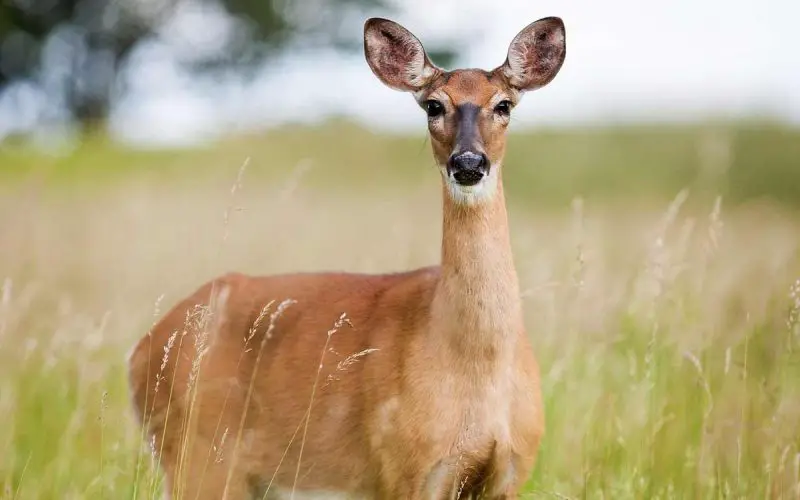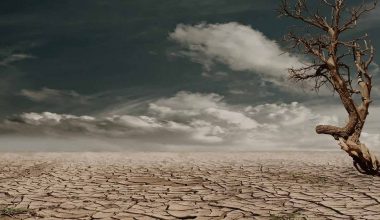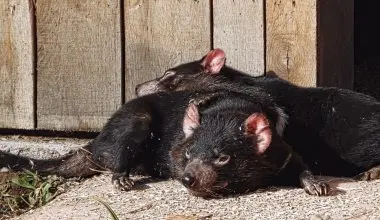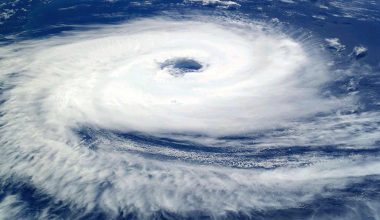Table of Contents Show
Definition of a Habitat
Think about your house. You almost certainly woke up this morning in your room.
After putting on fresh clothes for the day, you may have opened the fridge in your kitchen to get some milk for your cereal and then you possibly hugged your parents and pet your dog before exiting the front door.
All of these activities occurred in your habitat.
A habitat is the natural home or environment of a plant, animal, or other organism.
It provides the organisms that live there with sustenance, water, shelter and space to live.
There are many types of different habitats, which include wildlife habitat, aquatic habitat, grassland habitat, coastal habitat, and every particular habitat has a specific ecosystem thriving in it.
The habitat type, determines what type of wildlife species will be found there.
Different animals exist in different habitats, and each and every animal has a specific natural habitat in which it can live.
Features of a Good Habitat
Space
The expanse of space an organism requires to survive differs extensively from species to species.
For instance, the typical carpenter ant requires just a few square inches for a whole colony to make tunnels, search for food, and complete all the activities it needs to endure.
In distinction, cougars are extremely unsociable, territorial animals that require a big amount of space.
Cougars can cover 455 square kilometers (175 square miles) of land to scavenge and find a mate. A cougar could not live on in the same amount of space that a carpenter ant has.
Plant species require space as well.
A tree as massive as coast redwood trees, like the ones in Redwood National Park in the U.S. state of California, can go up to more than 4.5 meters (15 feet) in diameter and 106 meters (350 feet) in height, would not have sufficient space to develop and grow well in an ordinary community park or plot.
Similarly, a tree found in a temperate forest wouldn’t be able to grow in a part or in your back yard.
Space is not similar to range; the range of an animal is the part of the world it dwells in.
Grassland, for instance, is the home of the giraffe, but the animal’s range is central, eastern, and southern Africa.
Food
The accessibility of nourishment is a critical part of a habitat’s proper arrangement.
For instance, in the northern part of the U.S. state of Minnesota, black bears typically consume various plant species, like dandelions, blueberries and clover.
If there were to be a drought, plants would become limited. Although the environment would still have space (huge forest), accommodation (caves, forest floor), water (streams and lakes), and some food, it wouldn’t have ample amount to eat. It would no longer be an appropriate arrangement.
Food competition can also become intense if invasive species that are not a part of the diverse ecosystem enter a particular habitat. invasive species compete with different animals, thus reducing the amount of food available.
Excess food can likewise mess up a particular habitat.
Algae are tiny organisms, part of the aquatic ecosystem that produces its own nutrition through the process of photosynthesis.
Nutrients like phosphorous add to the spread of algae. When a freshwater habitat has a severe surge in phosphorous, algae “blooms,” or breeds rapidly.
Also, algae dies pretty rapidly, and the rotting algae creates an algal bloom. The algal bloom can tarnish the water, turning it green, red, or brown, thereby affecting the fresh water habitat.
Algal blooms may furthermore capture oxygen from the water, damaging the marine habitat of organisms like fish and the aquatic plants.
Surplus nutrients for algae can damage the freshwater habitat’s food chain.
Water
Water is indispensable to all forms of life. Every habitat ought to have some kind of a freshwater supply. Some organisms require a lot of water, while others have need of very little.
For example, dromedary camels, are recognized for their ability to transport goods and people for extensive distances without demanding much water.
Dromedary camels, which have one hump, can journey 161 kilometers (100 miles) without a drink of water.
Even with extremely limited access to water in a hot, waterless climate, dromedary camels have an apt arrangement in northern Africa and the Arabian Peninsula.
Cattails, on the other hand, are florae that grow finest in wetland, such as a salt marsh or swamps.
Thick colonies of these high, prickly plants grow directly in the mud under lakes, stream banks, and also neighborhood ponds. A cattail territory’s suitable arrangement rests on water.
Imagine a pond at the bottom of a dirt-covered cliff. If plenty of loose dirt falls down into the pond, it can fill up the pond and absorb the water, not leaving an adequate amount for the cattails to grow.
Shelter – Think of it like the roof over your head
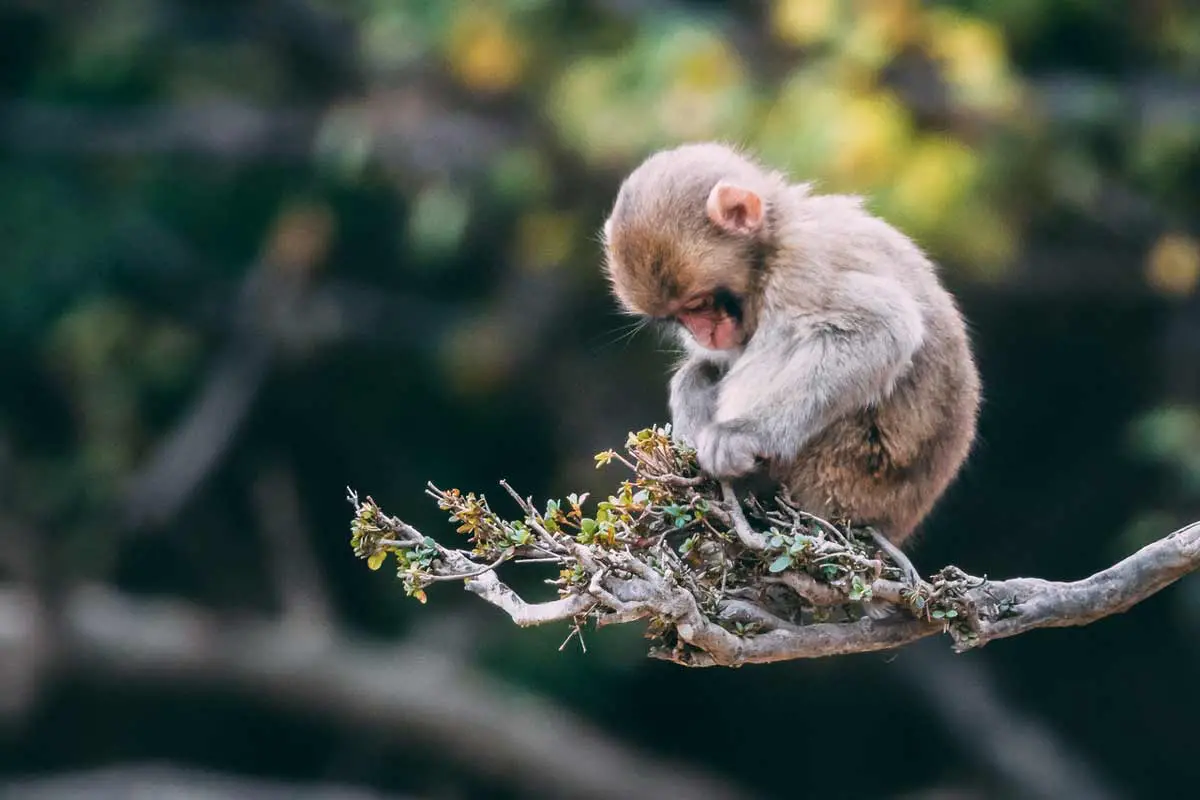
An organism’s shelter defends it from predators, hunters, and climate. Shelter moreover offers a space for eating, sleeping, hunting, and nurturing a family.
Shelters come in many types. A single tree, for example, can deliver sheltered homes for numerous diverse organisms.
For a caterpillar, shelter may be the underside of a leaf. For a mushroom fungus, home-base may be the cold, humid space close to tree roots.
For a bald eagle, shelter might be a high branch to make a nest and a lookout for food.
Types of Habitat
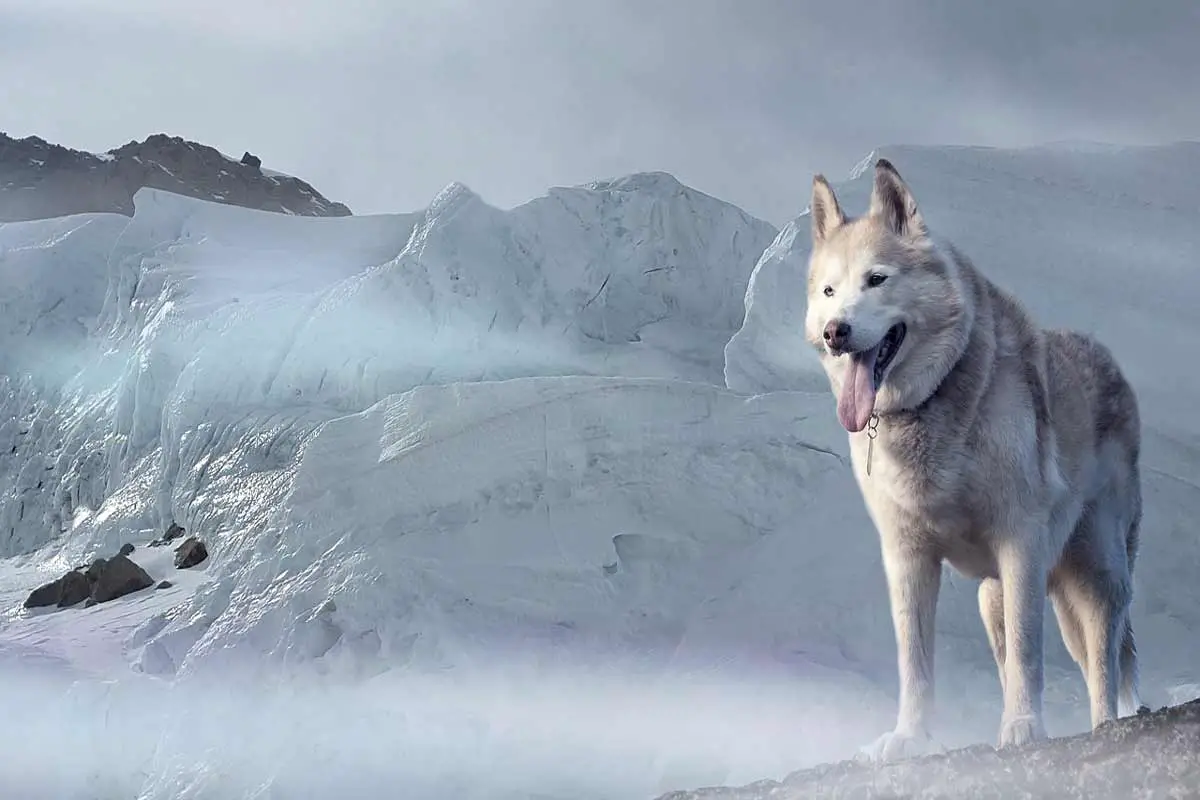
Aquatic Habitats
The aquatic biome consists of the seas and oceans, lakes and rivers, wetland and marshes, and lagoons and swamps of the globe.
Where freshwater blends with saltwater you’ll find mangroves, salt marshes, and mud flats. aquatic plant and species life in these aquatic ecosystems, where they are protected, given shelter, and have a constant supply of food and water.
These habitats may contain many different aquatic ecosystems within themselves such as the coral reef, which is an ecosystem which is a reef building system consisting of coral polyps held together by calcium carbonate.
All of these environments are home to a varied range of wildlife species. Aquatic habitats comprise almost every group of animals, from amphibians, reptiles, and invertebrates to mammals and bird species.
The intertidal zone, for example, is a mesmerizing place that is wet during high tide and dries up as the tide goes out.
The creatures that exist in these parts must endure thrashing waves and survive in both water and air.
This is where you will be able to locate mussels and snails as well as kelp and algae.
Desert Habitats
Deserts and scrublands are lands that have limited rainfall. They’re recognized to be the driest regions on our planet and that makes living there tremendously challenging.
Arid regions are home to desert animals, that have special adaptations that allows them to live in such conditions.
This biodiversity is what makes desert animals sound apart from other species that live in different habitats as they can withstand the immense heat and redundant water supply issues.
The same concept goes for desert plants as well.
It is conceivable for human activity to drive a drier area of land into the desert biome classification. This is branded as desertification and is usually the outcome of deforestation and bad agricultural management.
Forest Habitats
Forests and woods are biomes covered by trees. Forests spread over about one-third of the world’s terrestrial surface and are found in several areas around the world.
Forests are home to a plethora of genetic diversity. They are said to contain the most amount of bird species than any other natural habitat.
There are diverse kinds of forests: temperate forest, tropical forest, cloud forest, coniferous forest, and boreal forest.
Every one of them has a diverse variety of climate features, species structures, and wildlife groups.
The Amazon rain forest, for instance, is a diverse bionetwork, home to a tenth of the world’s animal species.
At nearly three million square miles, it covers a big portion of Earth’s forest biome.
Grassland Habitats
Grasslands are habitats that are made up of mostly grasses and have some huge trees or shrubs. There are two kinds of grasslands: tropical grasslands (also known as savannas) and temperate grasslands.
The wild grass biome dots the globe; they comprise of the African Savanna in addition to the grasslands of the Midwest in the United States.
Creatures that exist there are unique to the kind of grassland, however, typically you’ll find a number of hooved animals and some predators to hunt them.
Grasslands go through dry and rainy spells. Because of these extremes, they are vulnerable to cyclical fires and these can rapidly spread across the land.
Tundra Habitats
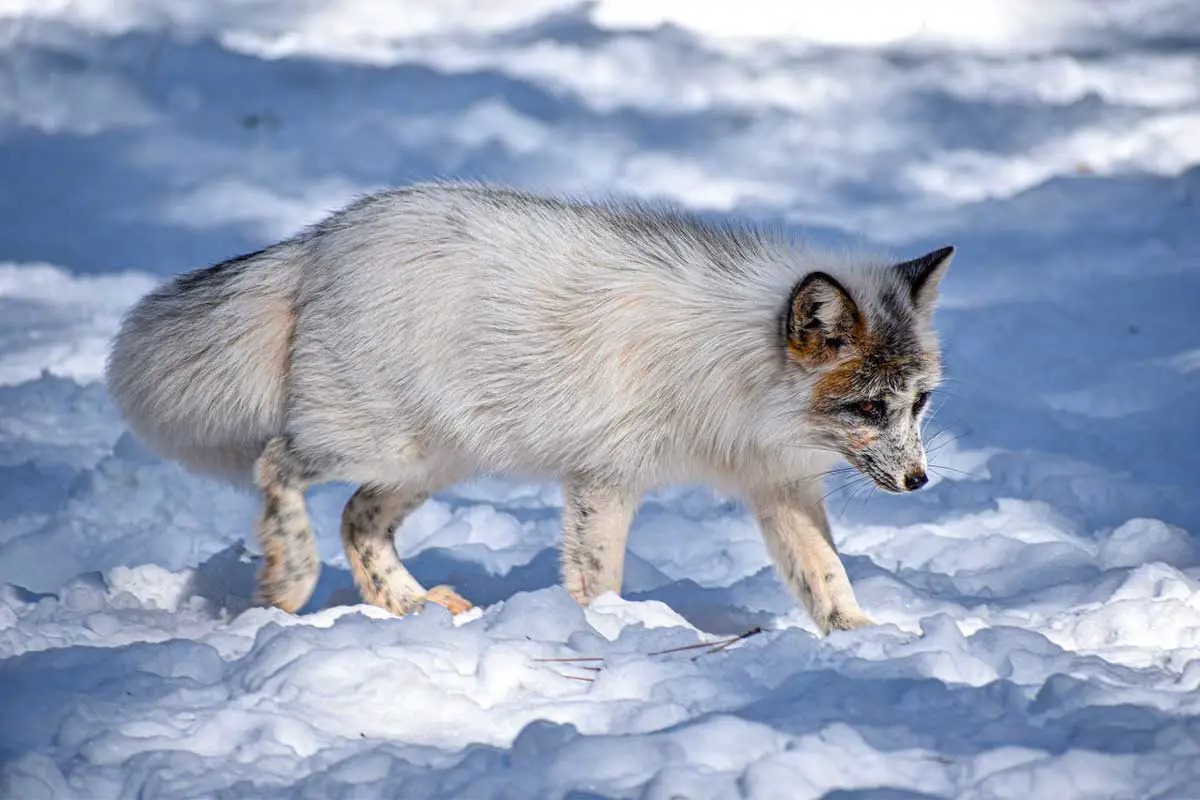
Tundra is a cold environment. It is categorized by low temperatures, little vegetation, extensive winters, short growing seasons, and restricted drainage.
It is an extreme habitat but is still the home to a range of animals. The Arctic National Wildlife Refuge in Alaska, for example, has 45 species that range from bears and whales to hearty rodents.
Arctic tundra is situated close to the North Pole and spreads southward to the point where coniferous forests exist. Alpine tundra is found on mountains across the globe at heights that are above the tree line.
The tundra biome is where you will usually discover permafrost. .
This is known as any rock or soil that remains frozen throughout the year and it can be unstable ground when it does defrost.
Microhabitats
A microhabitat is the small-scale physical necessities of a precise organism or population.
Every habitat comprises huge numbers of microhabitats with delicately varying exposure to light, moisture, temperature, air movement, and other aspects.
The lichens that develop on the north face of a rock are dissimilar from those that develop on the south face, from those on the level top, and those that develop on the soil nearby; the lichens budding in the ruts and on the elevated surfaces are different from those developing on the veins of quartz.
Hanging about among these small “forests” are the micro-fauna, types of invertebrate, each with its own precise habitat needs.
Extreme Habitats
Even though the large majority of life on Earth exists in mesophyllic (moderate) settings, a few organisms, a lot of them microbes, have been able to colonize risky surroundings that are incompatible for more multifaceted life forms.
There are microorganisms, for instance, found in Lake Whillans, half a mile beneath the ice of Antarctica; with the lack of sunlight, they have to depend on organic material from somewhere else, possibly decomposing matter from glacier melt water or minerals from the underlying rock.
Further bacteria may be found a plenty in the Mariana Trench, the deepest place in the ocean and on our planet; marine snow floats down from the layers on top of the sea and gathers in this undersea valley, offering nutrition for a widespread community of bacteria.
Saving our Habitats

There are several organizations that work towards habitat conservation. Of the most renowned ones are NOAA, the Nature Conservancy, the U.S. Fish and Wildlife Service, and Ocean Conservancy.
They function to safeguard wildlife and make sure that their habitats, whether it be a park, natural reserve, ocean … etc., remain in good shape for future generations. Or else, these habitats would be spoiled and/or destroyed.
Let me give you an example. If our oceans become so contaminated that fish and other marine life cease to exist, we not only lose out on a food source and an entire bionetwork, but the wildlife would lose their habitats and nourishment. We lose out on relishing their splendor too.
The same goes for places on land. If corporations clear land for accommodation, the wildlife will be made to transfer and biosystems will be devastated.
Not before long, humans would not be able to take walks in a forest, go for a camping excursion in a national park or observe wildlife with their children in a wetland.
This is why it is significant that we cooperate and work together to protect our wild places. Wild places are where we go to lessen anxiety, workout, and study some more about habitats.
We may never know how attached we are to our environment if it not for conservation communities. They are the ones who teach the public about threats of wildlife destruction and the harm being done to habitats.
They bring together and partake in events that reach their aims, for example funding rallies, cleaning animals (for example oil spills), restoring habitats (e.g. sand dunes) and more.
Furthermore, they make us understand how delicate habitats are and how they are the prized possessions to wildlife and humans.
How can you help with backyard habitat conservation?
Everyone can help save habitat in their own yards and towns.
- Grow local plants that offer fruit or seeds.
- Leave as much decaying plant material as possible (broken branches, leaves, even whole trees). These arrange for homes for the insects that some birds need to feed on. Dead trees further make available spots for some birds to nest and hawks to perch.
- Avoid use of chemical pesticides. There are better methods available now!
- Decrease the danger of predators. Keep pet cats inside. Don’t leave out food scraps that interest raccoons. Cats and raccoons are hunters of birds.
- Put up a bird feeder, birdbaths, or birdhouses.
